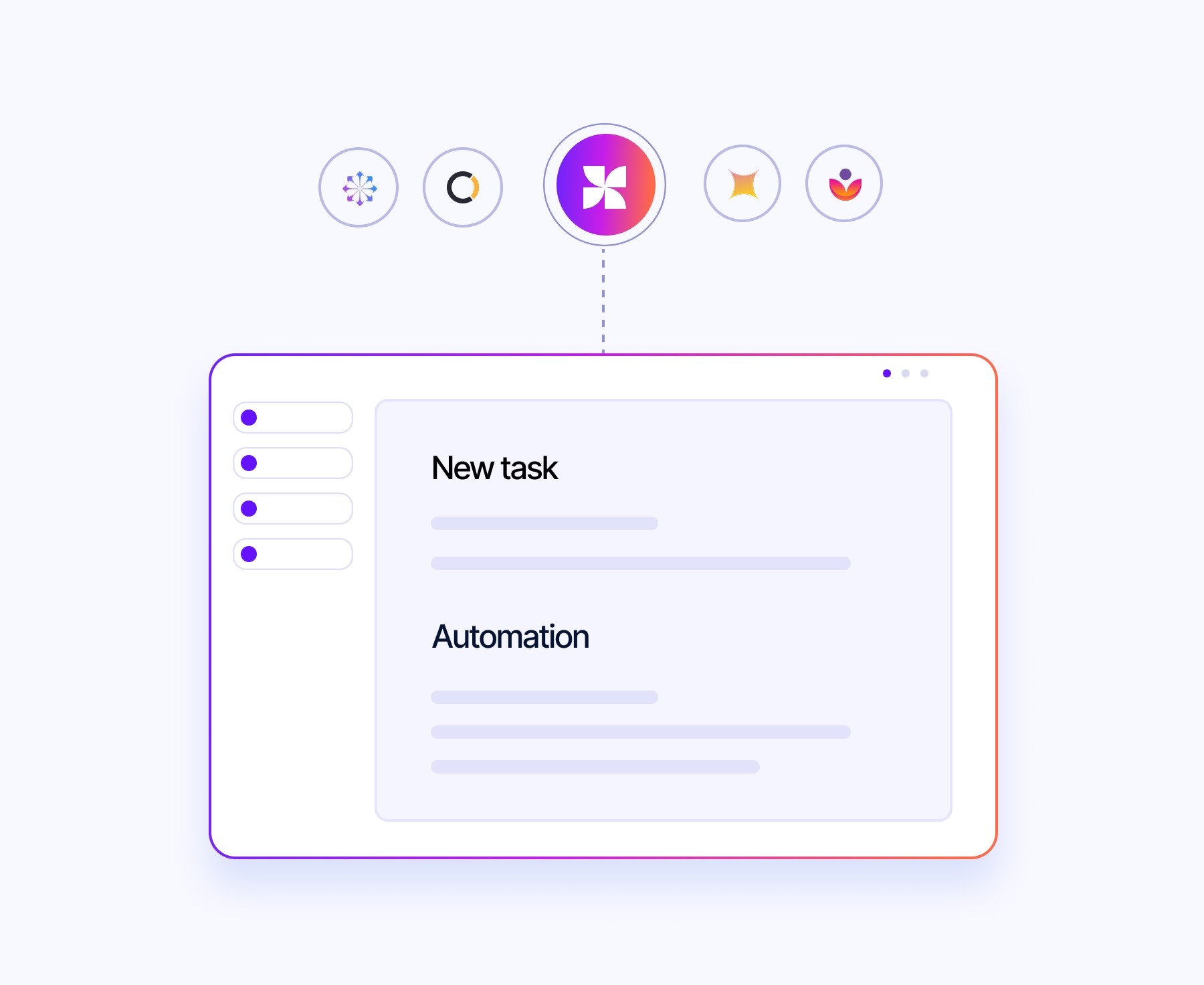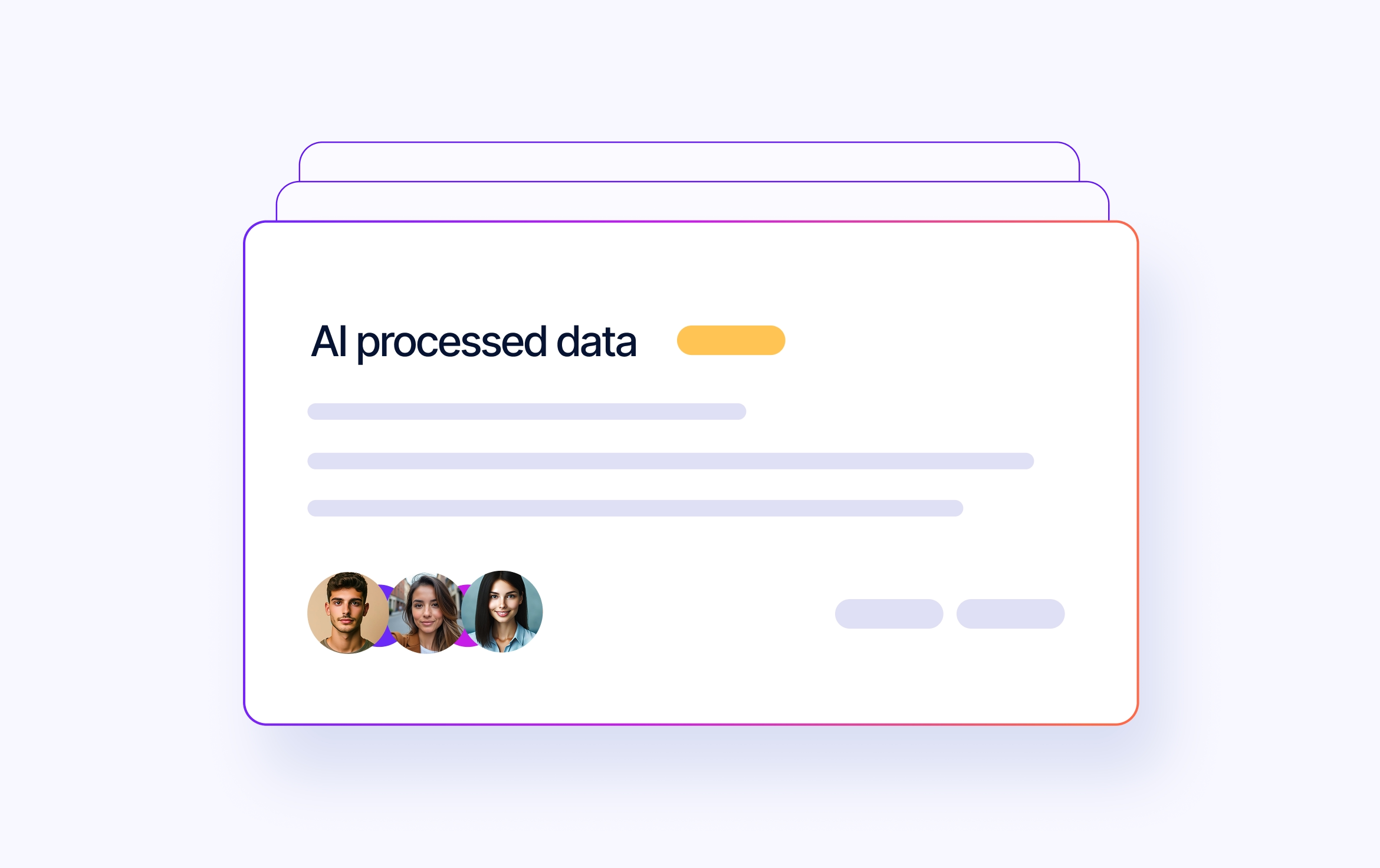Save 25% on annual plans – limited time only
October 14, 2025
Optimizing a website for conversions is critical for turning visitors into customers. By improving site speed, navigation, and user experience, businesses can reduce friction and encourage desired actions. Every element of the website—from design to content—plays a role in influencing conversion rates.
With data-driven insights and continuous testing, organizations can identify bottlenecks, refine their pages, and implement strategies that maximize results. Combining UX best practices with targeted optimization techniques ensures higher engagement and measurable ROI.
Start by analyzing visitor behavior using analytics tools to identify areas of friction or drop-off points. Optimize page speed, simplify navigation, and make calls-to-action (CTAs) clear and compelling. A/B testing different layouts, headlines, and forms helps determine what works best.
Enhance mobile responsiveness, improve accessibility, and create engaging content that resonates with your audience. Continuously monitor performance metrics and adjust strategies based on insights and user feedback.


Website optimization is evolving with AI-powered personalization, predictive analytics, and real-time behavioral insights. Organizations that adopt these techniques can deliver highly relevant experiences, improve engagement, and increase conversions. The future will focus on smarter, faster, and more adaptive websites that respond to user needs dynamically.